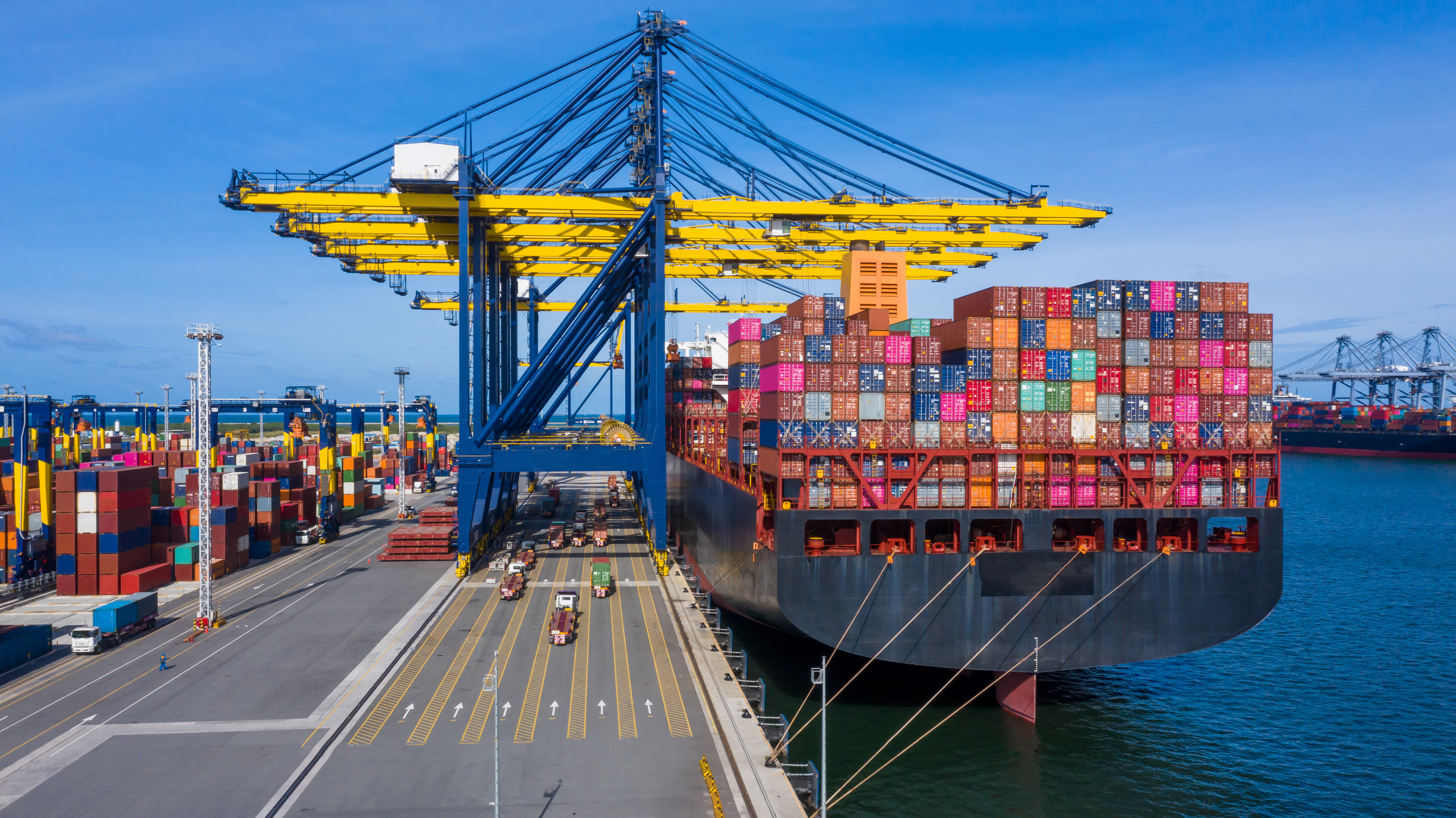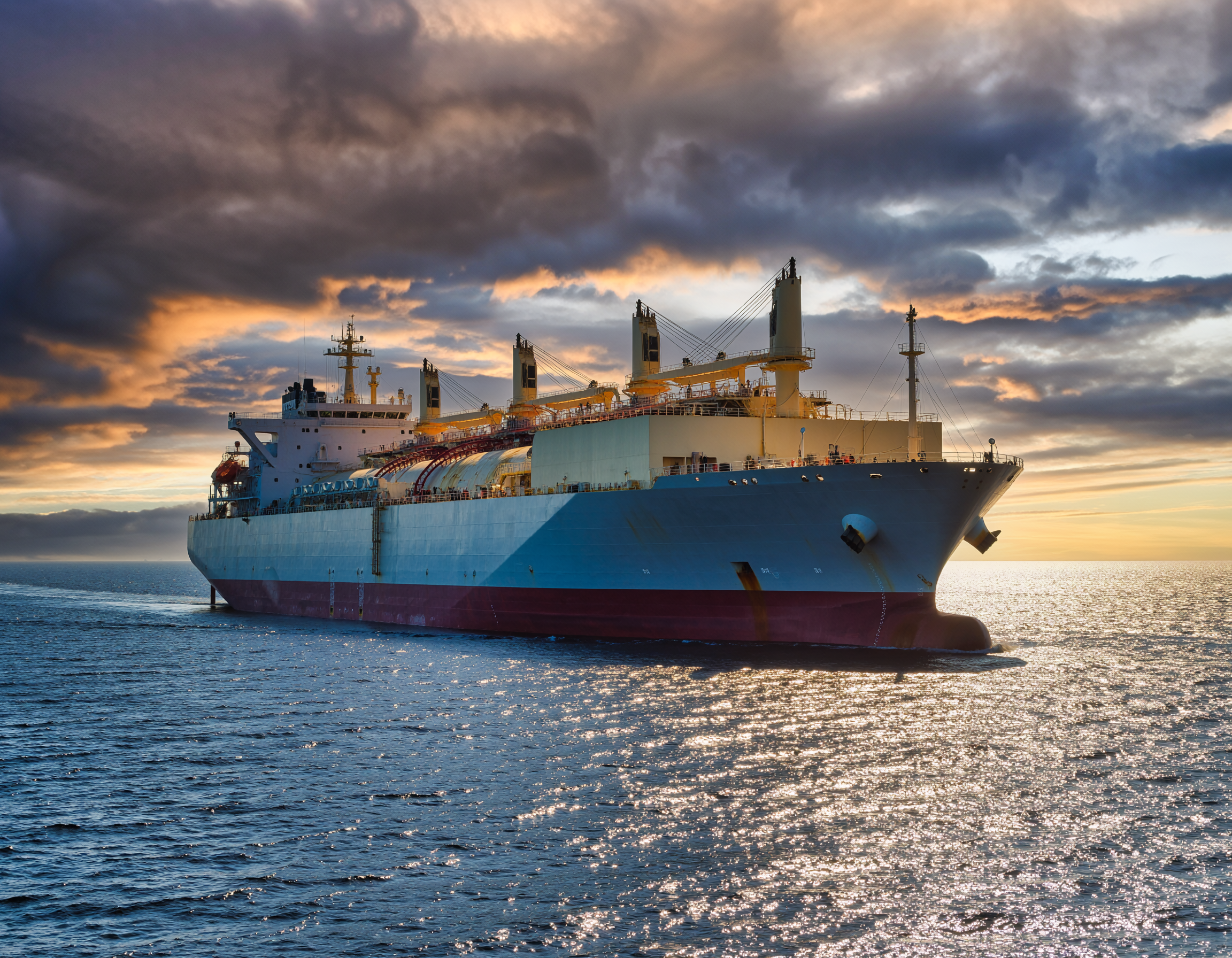
Introduction
COP26 took place in Glasgow from 31 October to 12 November, a year late because of the pandemic last year. Global warming caused by the increase in greenhouse gases (GHG) in the environment has resulted in the last decade being the hottest on record, but this record looks likely to be broken again because 2021 has just recorded the warmest summer land temperatures since records began1. Alarm bells were therefore ringing as countries went into COP26. After two weeks of intensive and tense negotiations, the outcome of COP26 can probably be best summed up by the words of its President, Mr Alok Sharma; “Today, we can say with credibility that we have kept 1.5 degrees within reach. But, its pulse is weak.”
There is no doubt that the measures put in place at COP26, and those measures which have been signalled to follow soon, will have a significant effect on shipping. Also, due to the vital role played by shipping in an increasingly interconnected world, shipping will be affected by the wider measures and initiatives, in addition to those specifically targeted at shipping. We therefore set out below an overview of the wider measures and initiatives to emerge from COP26, as well as a more detailed summary of the shipping-related elements.
Overview of wider measures and initiatives
COP26 concluded with 197 countries agreeing to a new climate deal, the Glasgow Climate Pact. Whilst many wish that the conference had achieved more, COP26 did result in some important new global commitments. Many new initiatives were also facilitated from within and outside the formal negotiations. Below we list some of the major achievements.
- Strengthening of 1.5C target set at Paris Agreement in 2015
The target set under the 2015 Paris Agreement was to try to keep temperature rises well below 1.5C to avoid the worst impacts of climate change. Experts now advise that to achieve this aim, net zero emissions must be reached by 2050. The need to reduce GHG emissions by 45% by 2030 was also formally recognised. More than 130 out of the 197 participating countries have pledged to reach net zero emissions before 2050, with China and Russia committing to a deadline of 2060, and India committing to a deadline of 2070.
- The end of coal in sight
In a new ‘Global Coal to Clean Power Transition Statement’, more than 46 countries committed to speed up a just transition away from unabated coal power generation2 and to scale up the use of clean power generation in their respective economies. Issuance of new permits for new unabated coal-fired power generation projects will cease. Banks and financial institutions will end the funding of unabated coal use. China has pledged to bring its carbon emissions to a peak by 2030 and to start phasing down coal use after 2026.
- Inefficient fossil fuel subsidies targeted
Fossil fuels were mentioned for the first time for any COP Pact: the final text of the Glasgow Climate Pact states that “unabated” coal power should be phased down3 as a priority and that “inefficient subsidies” for all fossil fuels should be removed.
Over 20 countries signed a Statement on International Public Support for the Clean Energy Transition agreeing to prioritise support towards the clean energy transition and, with limited exceptions, to end direct public support for the international unabated fossil fuel energy sector by the end of 2022.
“Beyond Oil and Gas Alliance” (BOGA), a coalition of governments and partners led by Costa Rica and Denmark, is promising to stop issuing new permits for oil and gas exploration and production. The coalition, which expects its membership to grow, has vowed to end oil and gas production by a date which is aligned to the goals of the Paris Agreement.
- Emissions trading rules approved
A new structure for carbon markets to work towards the Paris Agreement goals was finalised. These rules have been awaited since 2015 and will enable the establishment of a framework to support the expansion of carbon markets. One of the issues with carbon trading was double counting4 but the new rules have now addressed this concern with corresponding adjustments designed to avoid double-counting. Many commentators anticipate that the expansion of carbon markets will assist and enable countries to reach the net zero by 2050 target earlier.
- Pledges to reduce methane emissions
The US and China, the world’s two largest emitters of GHG have issued a joint declaration promising to work together to reduce their methane emissions to meet the goals set in Paris. China will be delivering a “comprehensive and ambitious National Action Plan” to curb methane emissions at COP27.
- Ending the sale of internal combustion engines by 2040
A coalition of companies (representing about 30% of cars sold worldwide) and governments (representing one fifth of the global automobile market) have undertaken to make all new cars and vans sold emission-free by 2035 in rich countries and by 2040 elsewhere.
- Financial commitments from developed countries to double
Developed countries have partnered with developing countries to provide finance and technological knowhow to help the planet reach net zero emissions quicker. The former have promised to double adaptation funding from 2019 levels to developing countries by 2025.
- Pledges to curb deforestation
Over 100 countries signed the Glasgow Leaders' Declaration on Forests and Land Use reaffirming their commitments to sustainable land use, to strengthen their efforts for the conservation, protection, sustainable management and restoration of forests, and other terrestrial ecosystems.
- Countries to revisit and to strengthen their NDCs
Many countries had announced significant enhancements to their nationally determined contributions (NDC) coming into COP26. As NDCs are nationally-determined targets, and as many of the NDCs were substantial, this was hugely significant. All countries have now been asked to review and to improve (further) upon their NDCs by COP27, instead of by 2025 as originally expected under the Paris Agreement.
COP26 and Shipping
The emissions of GHG in international shipping is regulated not under the Paris Agreement but by the IMO. Approximately 90% of world trade is transported by sea and, although global shipping accounts for just 2-3% of the world’s CO2 emissions at present, that percentage is expected to rise as other industries plug into a grid of increasingly green electricity. Given the need for ships to carry their own source of power, shipping can be expected to become an area of increasing focus in the wider discussions regarding decarbonisation. It is therefore both important and necessary for shipping to align its goals with the UN’s goals if decarbonisation is to be achieved by 2050.
The IMO’s initial targets set in 2018 was to reduce CO2 emissions across international shipping by at least 40% by 2030, followed by 70% in 2050 (compared to 2008 levels). The IMO also committed to pursue a 50% reduction of all GHGs by 2050 (compared to 2008).
The UN sees the IMO’s official targets as being insufficiently ambitious. In a Declaration on Zero Emission Shipping by 2050, the UN has invited the IMO to review its targets and to form a resolution to adopt the goal that GHG emissions from international maritime transport will be reduced to zero by 2050 at the latest. The IMO is also asked to adopt goals for 2030 and 2040 that will place the sector on a pathway to full decarbonization by 2050, and to adopt the measures needed to help achieve these goals.
In the Declaration, the UN expressly acknowledges its appreciation for the following initiatives:
- Zero Emission Shipping Mission with its aims to demonstrate deep-sea ships operating on commercially viable zero-emission fuels by 2030.
- Call to Action for Shipping Decarbonisation which urges governments to commit to decarbonizing international shipping by 2050, support industrial scale zero emission shipping projects through national action, and to deliver policy measures that will make zero emission shipping the default choice by 2030.
- Clydebank Declaration for Green Shipping Corridors with its aims of creating green shipping corridors (at least six by 2025 and more by 2030) and infra-structure and other efforts to ensure a critical mass of zero-emission ships are on the water by 2030.
Other industry initiatives include:
- Cargo Owners for Zero Emissions (coZEV), a cargo owner-led platform to enable maritime freight customers to come together, to collaborate and drive forward the acceleration towards maritime shipping decarbonization.
- First Movers Coalition, a public-private partnership between the US State Department, and the World Economic Forum. The Coalition works across sectors and collaborates with leading climate experts and mission-aligned organizations to coordinate, accelerate and scale collective impact.
Conclusion
There was a recognition at COP26 that time is running out, and countries have been urged to improve on their commitments at COP27, which is scheduled for 7-18 November 2022 in Egypt, rather than wait until 2025 or 2030 to do so. The gap between what governments have promised (even assuming they can deliver on the same) and what is needed to limit global warming to 1.5˚C above pre-industrial levels remains wide. Nevertheless, a new momentum has been set at COP26 and it is expected that this momentum will be carried through to COP 27 and beyond and will continue until the goals set have been achieved.
The reduction of GHG emissions from shipping was at the centre of discussions at IMO’s MEPC 77 last week. The UK Club will be reporting separately on the outcome of that meeting.
The importance for all countries and for stakeholders across all sectors to come together, to collaborate, and to do what is possible and necessary towards achieving the UN targets cannot be over emphasised: earlier this year the UN’s Intergovernmental Panel on Climate Change (IPCC) issued a report, described by its authors as a “code red for humanity”, emphasising the need for urgent and drastic action, and, as others have put it, “there is no Planet B”!
Additional Comments from Patrick Ryan, UK P&I Club Sustainability Director.
The UK Club recognises the enormous challenges being faced by its Members in relation to the decarbonisation of shipping and, as part of its efforts to support its Members in dealing with these challenges, the Club co-sponsored the ICS “Shaping The Future of Shipping” Conference that took place in Glasgow as part of the COP26 programme.
The general consensus at that conference was that shipping will need to reach net zero or zero by 2050 and that, in order to allow ship owners and operators to achieve this, governments (coordinated by the IMO) will need to create a clear framework to encourage/support the transition. The Mærsk Mc-Kinney Møller Institute reported that, if market force alone were used, a tax of $230 per tonne of CO2 emitted would need to be introduced by 2025 to achieve net zero in the shipping sector by 2050; the figure would be lower, however, if the funds generated through the tax were directed to fund research and development and to incentivise the first movers. There were calls from industry for emissions-related levies, including a repeated proposal to generate a fund of $5Bn through a $2 per tonne tax on marine fuels, but these were not agreed by the government negotiators in the central COP26 agreements.
There were also extensive discussions regarding the possible transition fuels options, the need for them to be available at commercially viable prices, the infrastructure needed to support them, and the particular problems of procuring ships now that would still be operating at times when net emissions would need to be at or near to zero. Views varied and, whilst some felt that LNG represents the best option available now and/or that other less emitting hydrocarbons such as methanol might be viable future fuels, others felt that the focus should be on developing viable options involving fuels that do not contain any carbon atom, such as hydrogen or ammonia, as that would be the only way to bring emissions to net zero or zero. Some felt that the amount of hydrogen needed to power ships was so great as to make that fuel impracticable and there were concerns regarding some of the hazards associated with ammonia; others felt that all of these difficulties meant that molten salt nuclear reactors may be a viable option.
Whichever of these paths are chosen, it seems inevitable that change across the shipping industry will happen at great scale and at great pace and, with so many technical, financial, and operational challenges to address, it will be as important as ever that ship owners and operators maintain a strong relationship with their insurers so that they can proceed with confidence down whichever path they choose to follow.
-----------------------------------
1Source: Berkeley Earth
2Coal use without technologies such as carbon capture utilisation and storage to reduce CO2 emissions.
3The final draft had included "phase out" as the official language, but this was changed to “phase down” after objections from India and China
4Double counting allowed countries participating in carbon trading to determine whether that offset was going to count there or in the place that buys it.




![The Solomon Trader [2025] EWCA Civ 1387: The ‘pay to be paid’ rule affirmed in the Court of Appeal](/fileadmin/uploads/ukpandi/News_Images/AdobeStock_104743067.jpeg)
